Windows Plus Online provides the highest quality glass for all our products.

Clear Glass
Glass is a major part of any product. Windows Plus Online works under the BFRC certification for products, using the ECO inner pane and a clear opti-float glass externally in standard casements, with an overall thickness of a 28mm unit. Flush casements have an overall thickness of 24mm whilst still achieving the same energy efficiency certification. This achieves a number of things, clarity of the eco glass is second to none and clearness in all light conditions is an important factor in your glass make up.
All A-Rated units are manufactured with argon gas and warm edge spacer bar.
All the glass Windows Plus Online manufactures obtain thermal transmittance also known as a U value of 1.2. This is the transfer of heat through a structure divided in temperature across the glass. The building regulations Part I require all habitable areas to have a rating of 1.6U or lower. Windows Plus Online recommends that A rated specification is chosen with a 1.2 u value.
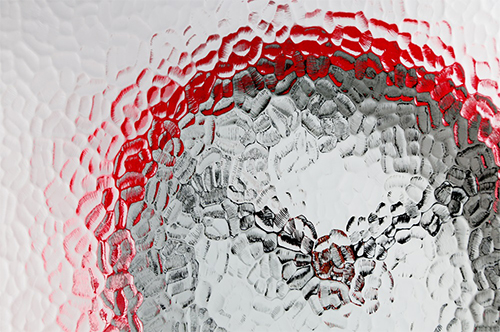 Arctic 5
Arctic 5
 Autumn 3
Autumn 3
 Chantilly 4
Chantilly 4
 Charcoal Sticks 4
Charcoal Sticks 4
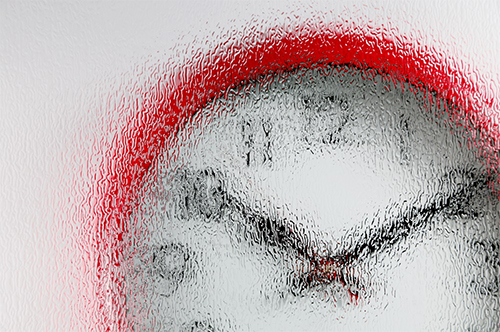 Contora 4
Contora 4
 Cotswold 5
Cotswold 5
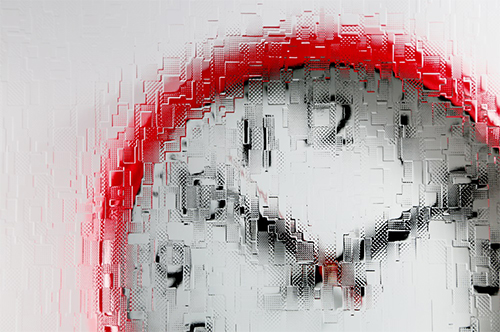 Digital 3
Digital 3
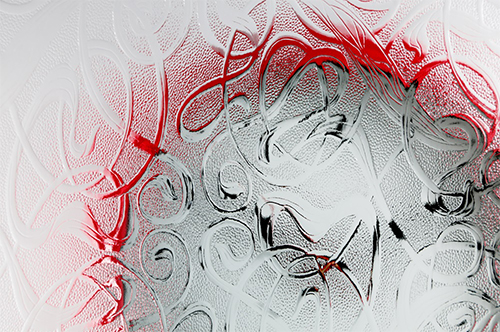 Everglade 5
Everglade 5
 Flemish 2
Flemish 2
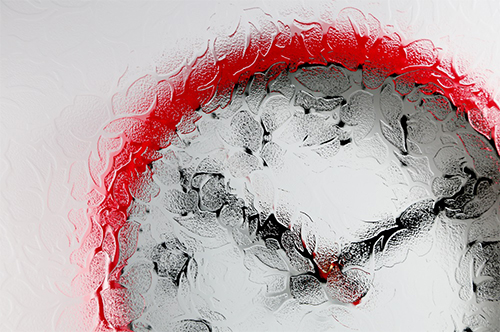 Florielle 4
Florielle 4
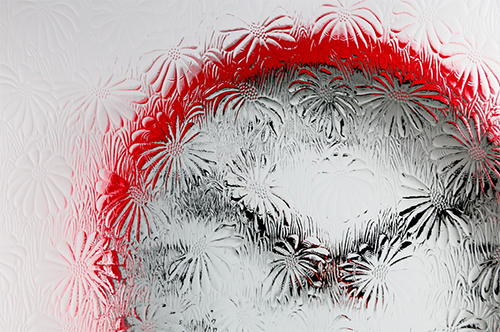 Mayflower 4
Mayflower 4
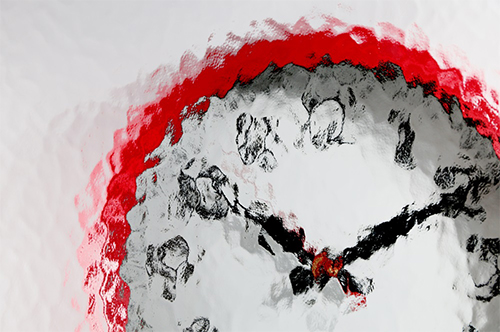 Minister 2
Minister 2
 Oak 4
Oak 4
 Pelerine 5
Pelerine 5
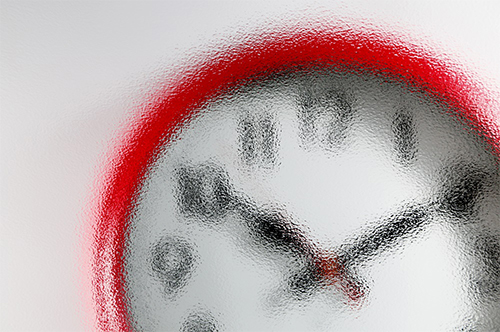 Stippolyte 4
Stippolyte 4
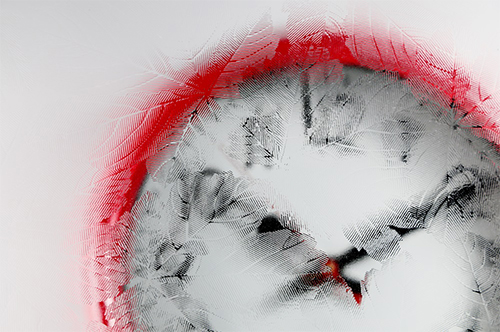 Sycamore 2
Sycamore 2
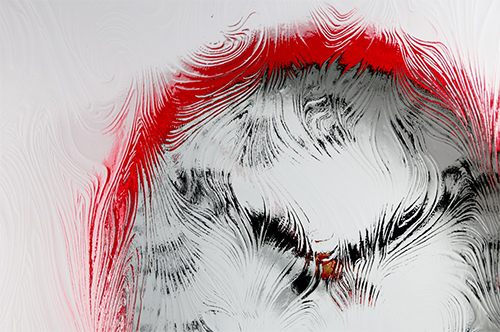 Taffeta 3
Taffeta 3
 Satin 5 (Sand Blasted)
Satin 5 (Sand Blasted)
Obscured Glass
Over the years there has been many designs of obscure glass introduced and removed. Quite a lot of the current designs offered are imported and not specific to the UK manufacturers, meaning if in time you were to add a product there would be a high probability you would not be able to source the same design.
For this reason, Windows Plus Online offers the classic Pilkington range as within the designer. The obscurity level of glass is defined via a number 1 for least obscured up-to 5 for most obscured.
Over the years we have found that level 4 stippolyte glass is a good choice for front door side panels and bathroom / WC windows and doors. If you have a stair picture window the obscurity is not as important.
Pilkington glass is manufactured in maximum sheet sizes of 1320mm x 2140mm within the product, this is taken into account on the Windows Plus Online designer making it easy not to make a mistake.
Satin glazing is the most modern of the glass obscured styles and gives the best privacy level, this is most like sandblasted glass.

Glass Decoration
Windows Plus Online makes all of their decorative glass using highly trained, skilled workforce by hand. Their experience and eye to detail is a very important fact when glass decoration is required to be manufactured on the glass unit. Glass decoration is mainly added for a sense of privacy or to be in keeping with the local area.
The UK standard for diamond lead is width of 120mm x height of 200mm between centres, origination of diamonds is constructed from the centre of the centre pane, or centre of the product.
Square lead (oblong) is a little more complex this is designed relative to the window itself and is not actually square. The standard in the UK is for the shape to be more oblong, and there is no determined size this normally varies between width 100mm - 150mm x height 200mm - 250mm.
Crucifix Georgian bar is even more complex to calculate as the whole works order is looked at then the smallest product is designed and this will dictate the Georgian bar size. The Georgian bar if possible is generally designed as an oblong, the sizes are calculated to be around 250mm by 300mm but can vary quite considerably. If the Georgian bar is a single vertical or horizontal bar then then this is set in the middle of the pane to give equal balance either side.
Astragal bar is calculated the same as Georgian but the main difference is the bar itself is a featured bar that is sat on the outside face of the outside pane and the inside face of the inside pane of the glass, and then the distance between the panes has a false spacer bar installed so when looking it give the impression of individual panes.
Queen Anne lead is a very unusual design to be chosen and is manufactured relative to the complete order for the diamond sizes, and then spaced to suit the individual designed product.
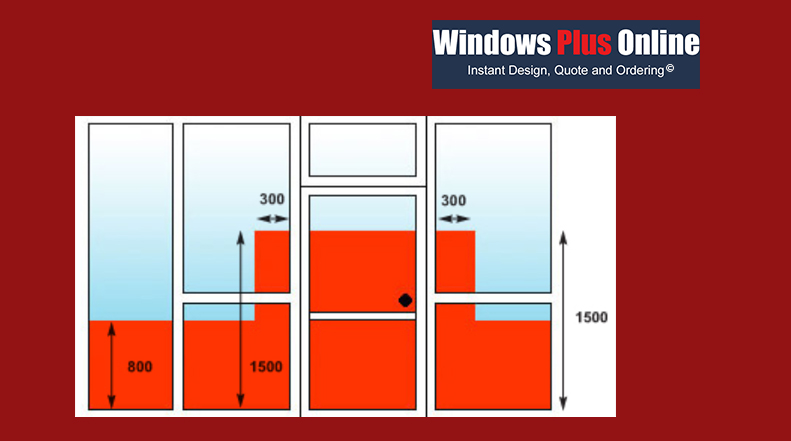
Safety glass
There are a number of regulations in regards to safety glass, the main ones to be concerned about are in our part building regulation part N (Integrated into part K) please follow this link to read more information.
The glass thickness changes for the toughened glass depending on the area of the glass, you will find as you are designing products this has been taken into account and it will highlight the glass required to be used, and pricing will change accordingly.
There is an option for laminated glass to be used. This also adheres to the part N (Integrated into park K) under building regulations. The main difference between laminated and toughened is that toughened shatters if broken, laminated holds as one piece when broken and cracks but does not shatter. A mixture of laminated and toughened not only adds to security while being able to achieved the required thermal efficiency.
For more information, please see the technical safety glass information.

Acoustic glass (Decibel Reduction Glass)
Windows Plus Online realised that acoustic glass had become more important in the modern construction industry with customers. To order this type of glass was very difficult.
The benefits for customers to reduce the noise levels in certain rooms or throughout the property, a project was put together to simplify this process as the technical information to achieve this is very complex. Noise is measured in DB (decibels) and the higher the number the more effective the noise reduction is.
Profile 22 optima framework has a high reduction in sound to start with using standard A rated glass specification a decibels rating is 36DB which is one of the best achieved within the industry. You will see on the designer that you can easily select different Db reduction glass ranging from the standard 36DB to the higher end 44DB.
Additional Links
Below you will find the technical documentation which relates to the acoustic glass.